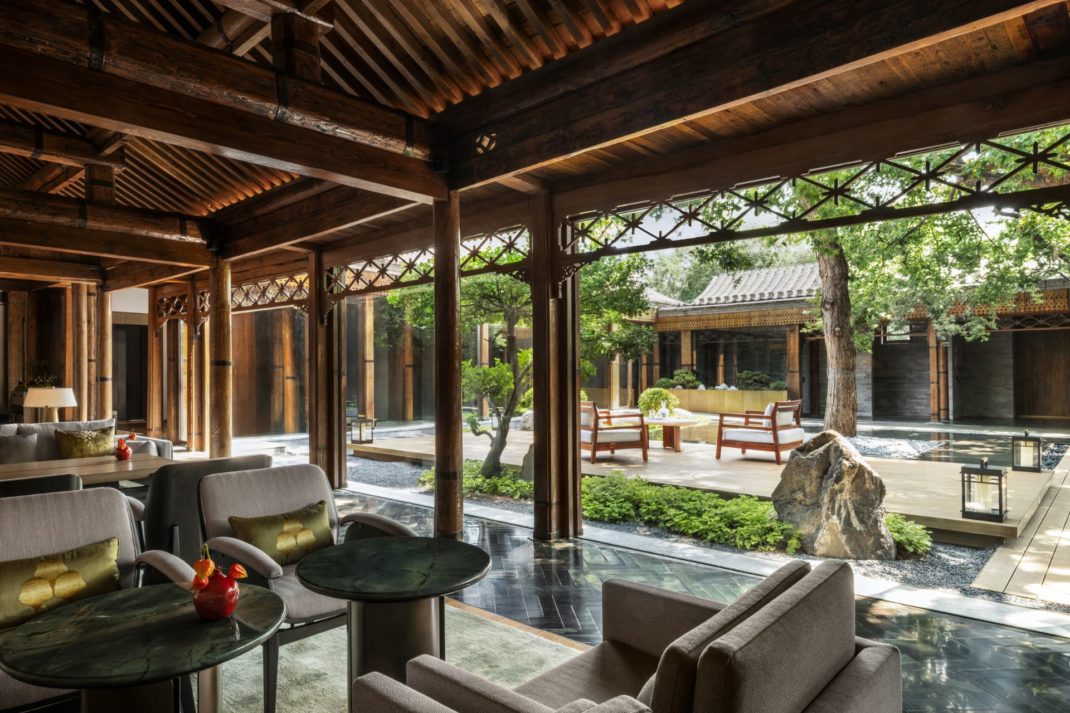Málaga: The Ideal Post-Covid Weekend?
By
4 years ago
Málaga, Take Two
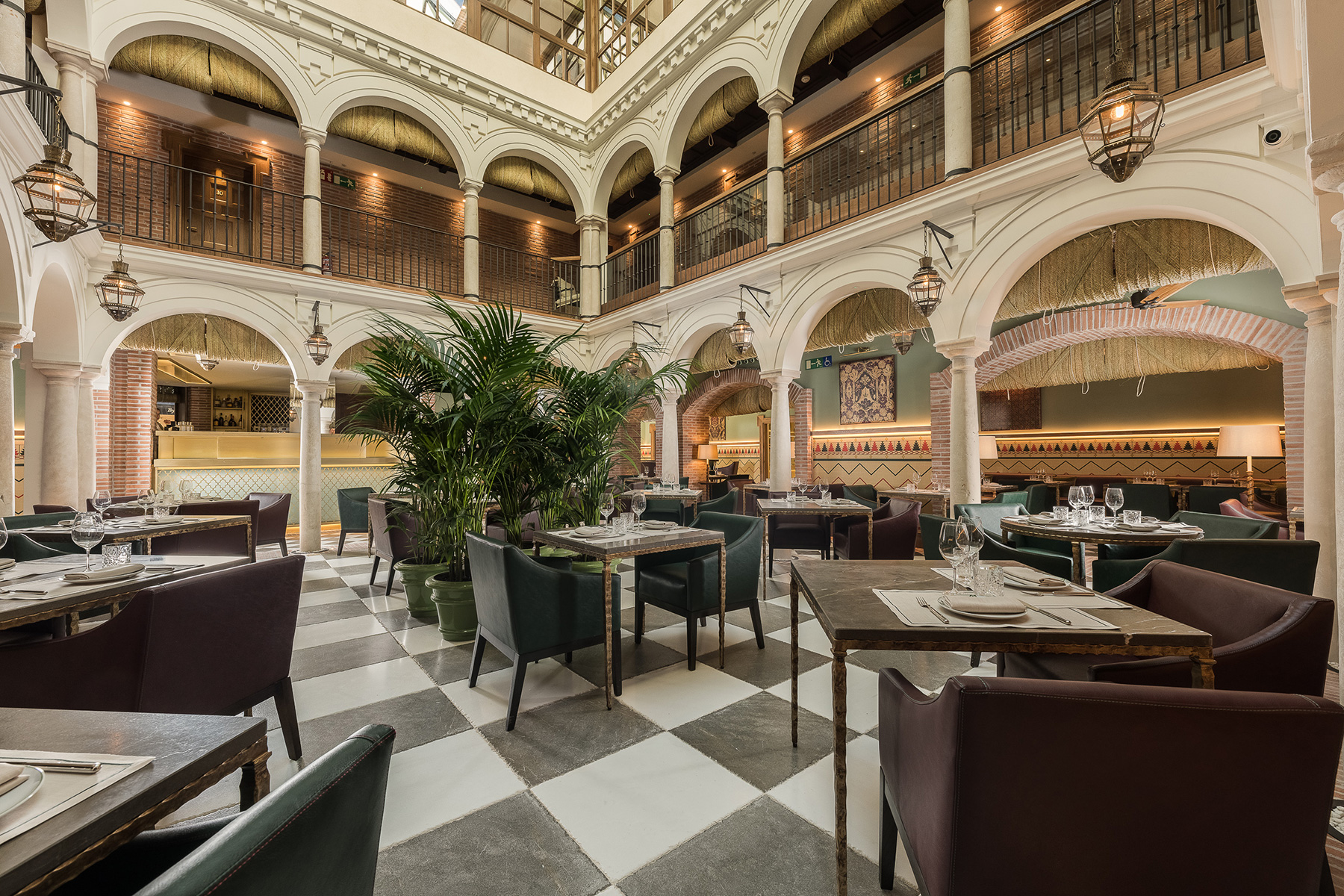
The Andalusian city’s transformation from B-List to A-List is complete. Caroline Phillips checks in for a five-star stay
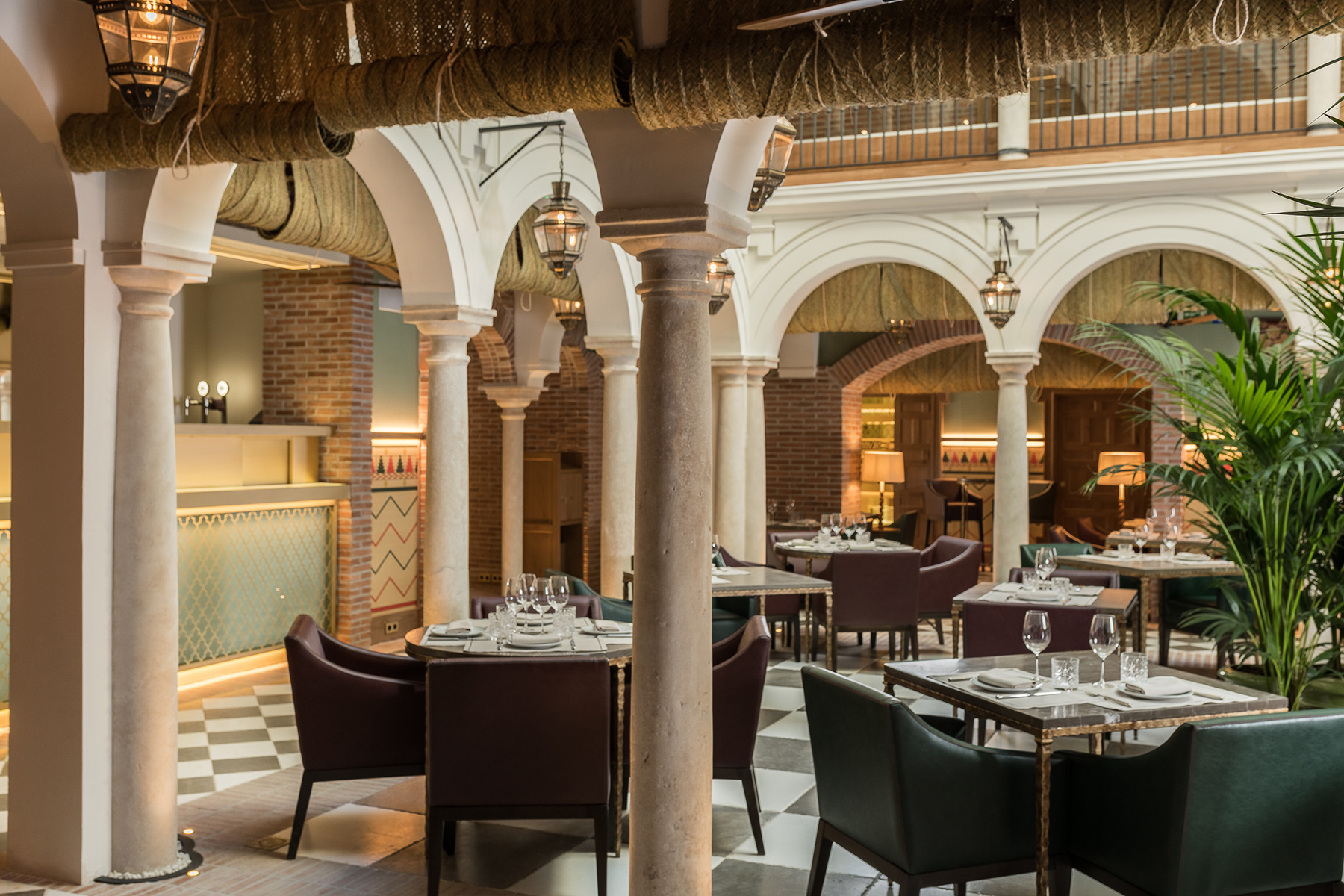
Children dressed as clowns and adults wearing fairy wings – all enjoying a fiesta – wander past the remains of a Roman amphitheatre. The sun is setting as we sit, al fresco, in an old bodega nibbling local almonds, anchovy olives and drinking fresh Seville orange juice. Above us, an 11th-century Moorish hilltop fortress, Alcazaba, dominates the city. This is the Andalusian coastal city of Málaga. A provincial capital that seems to enjoy a permanent fiesta.
Once a B-list destination, Málaga is now being re-born as a hot A-list spot. It used to be traffic-clogged and full of TOWIE wannabes en route to high rises and Fuengirola. Now Antonio Banderas is back in his hometown, and resurrected its (Soho) theatre just before lockdown. And the old town is pedestrianised – its pavements white marble buffed by footfall — its shops and galleries sexy, and its visitors fashionable, mui sexy Spaniards.
Málaga also boasts a boutique hotel, Palacio Solecio, which opened just before the world closed down. It’s a former 1879 palace (restored for £30 million) with a sgraffito paintwork façade, wrought-iron balconies and, inside, the heaviest of Castilian oak doors, arches and pebble-mosaic floors. Some bedrooms have views onto the 280-ft bell tower of the city’s Baroque cathedral. It’s also bang opposite Santiago Church in which Málaga’s poster boy, Picasso, received his first communion.
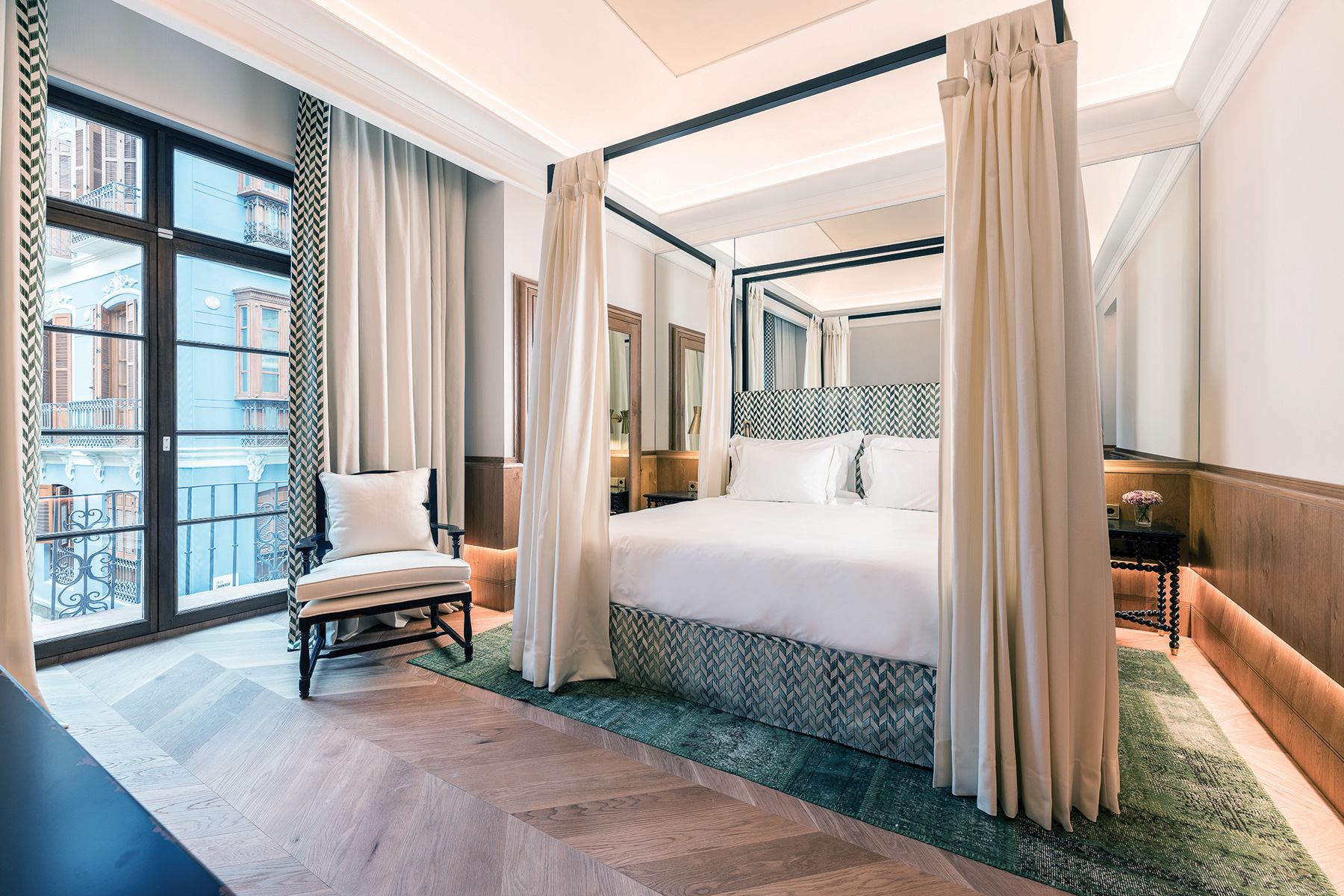
Málaga —founded by the Phoenicians and an important port in Roman times —has a sea front, fishing, and harbour (for 500-ish boats). We wander past houses of ochre, pastel pink and sea blue; and on past flamenco clubs, and sherry and tapas bars with walls of decorative tiles and Iberico hams. Soon we reach the Cathedral with its stained-glass windows, fine stalls and domed ceilings. ‘Wow! Smell those orange trees,’ says Anya, my twentysomething daughter, as we leave, sniffing air that’s like the contents of a scent bottle.
We amble next along the narrow alleys to some of the city’s six museums. The Museo Carmen Thyssen —in the Renaissance Palacio de Villalón— is like walking into 19th-century Spain with its paintings of bullrings, Spanish courting and religious processions. Then there’s Andalusia’s big draw: the intimate Museo Picasso —king of Málaga’s burgeoning art scene —in the 16th-century Buenevista Palace. Clutching our pre-bought tickets, we leg it past a big queue clutching our pre-bought tickets, but it would have been worth the wait: the museum covers almost eight decades of the artist’s work – he was born in this city —including the monumental Three Graces. And who wouldn’t love a bull’s head fashioned out of a bike seat and handlebars?
Afterwards, we indulge in retail therapy, discovering endless niche, independent shops. Cereria Zalo sells that must-have Opus Dei outfit, terracotta Opus Dei essential-oil burners and spooky religious effigies. Toni Pons stocks nothing but hand-made espadrillas, from suede to taupe leather and silver wedges. Whilst another emporium, Cork Pel, deals only in cork – think cork purses to cork necklaces and pencil cases. And Alfajar, in the Baroque Zea-Salvatierra Palace, offers Andalusian handicrafts, especially ceramics, with a nod to their Iberian, Phoenician, Roman and Muslim roots.
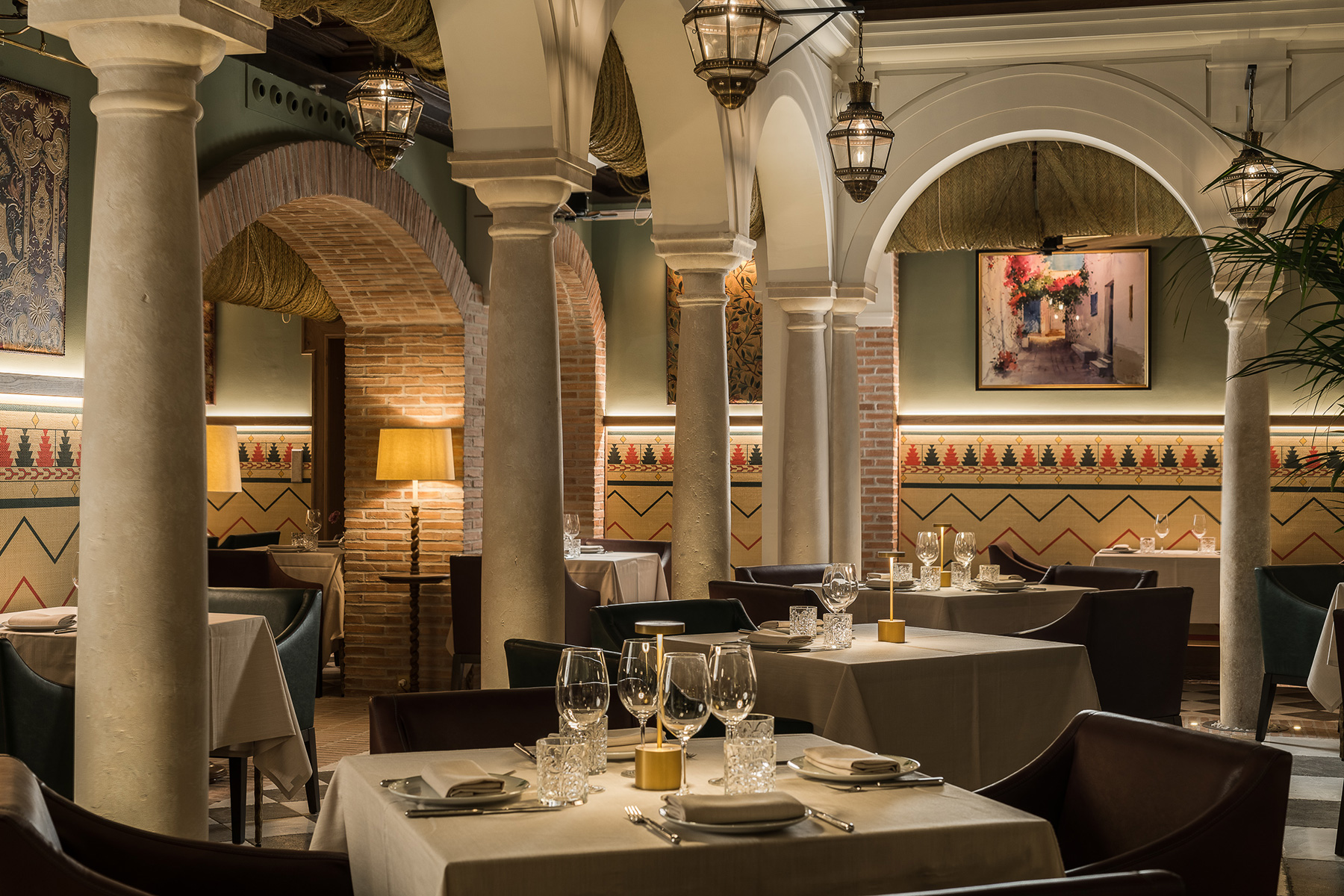
After all that, we need food. And la comida is hard to beat here. The Málagueños are big on sweet almonds, olive oil, fried fish (like adobo) and Malaga dulce (sweet wine). A big local treat is the Mercado Central de Atarazanas (closed Sundays)– a wrought-iron, Rucoba-designed market building complete with Moorish revival arch and enormous stained-glass window. Sunlight floods through as we walk among mounds of fresh boqueron (anchovies) and bacalau (salted cod). We eat market tapas – superb fried pimentos (Padron peppers), pulpo a la plancha, and calamares fritos (€15.50 for two) – standing midst the hustling, bustling throng.
The following day, we go for a serenity fix, and attend mass at Iglesia San Juan Bautista. Its façade is painted with 18th-century geometric murals, a typical Malaga feature. Inside it’s filled to its gilded rafters with worshippers (many on iPhones), nuns (not on phones), incense and candles. When did iPhones replace Bibles? Is that a thing?
Then it’s time for food again. We expand our girths on old-school tapas whilst sitting on high bar stools in Casa Lola, a place full of buzz and chilled beer. In the artisanal nougat shop, Vicens (established 1775), we try most of the 200 flavours. And at Casa Mira parlour (established 1890), we savour soft-cheese-with-honey-and-pine-nut ice creams.
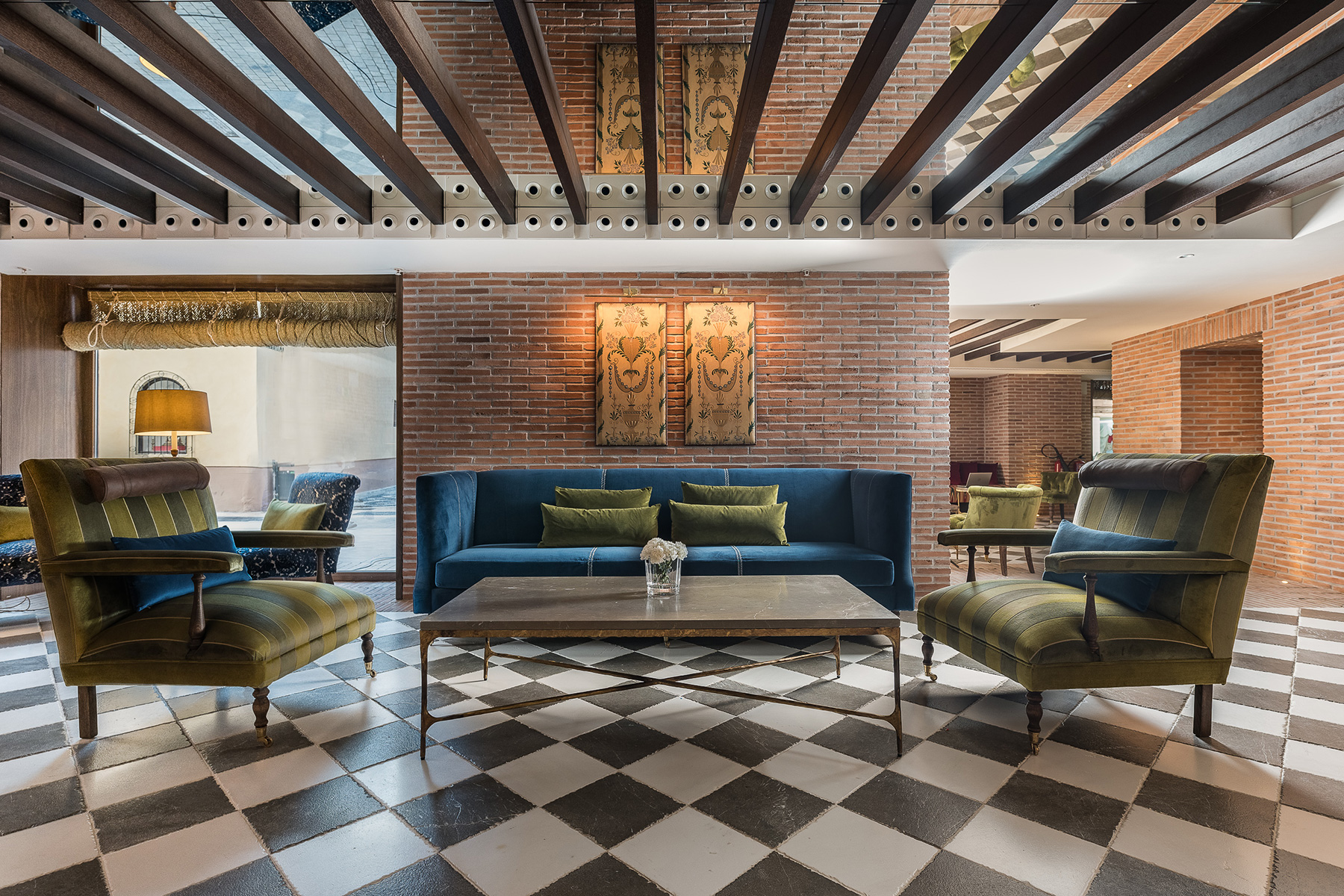
A little stroll afterwards towards Parque de Málaga – with its palm trees and horses and carriages waiting for rides –should get rid of a calorie or two. We amble ten minutes further to the Plaza de Toros, an 1876 bullring designed by municipal architect, Joaquin Rucoba — with four animal yards, ten pens, stables and an infirmary. In August it hosts the Feria Taurina (bullfighting festival), but mostly it’s a concert venue.
We finish our stay in The Palacio Solecio’s restaurant, Balausta. What better place to escape the city’s perma fiesta fever for cool, calm and casual elegance? We dine on delicious Andalucian cuisine of concha fina (raw cockles), lettuce hearts with anchovies and beef croquetas in its galleried courtyard with original 18th-century columns; a menu devised by Málaga’s Michelin-starred chef, José Carlos Garcia. What better ending to a long weekend of sexy galleries, shopping and food? And just two and a half hours by plane from the UK and with a year-round subtropical climate. It’s hard to imagine a better post-Covid break.
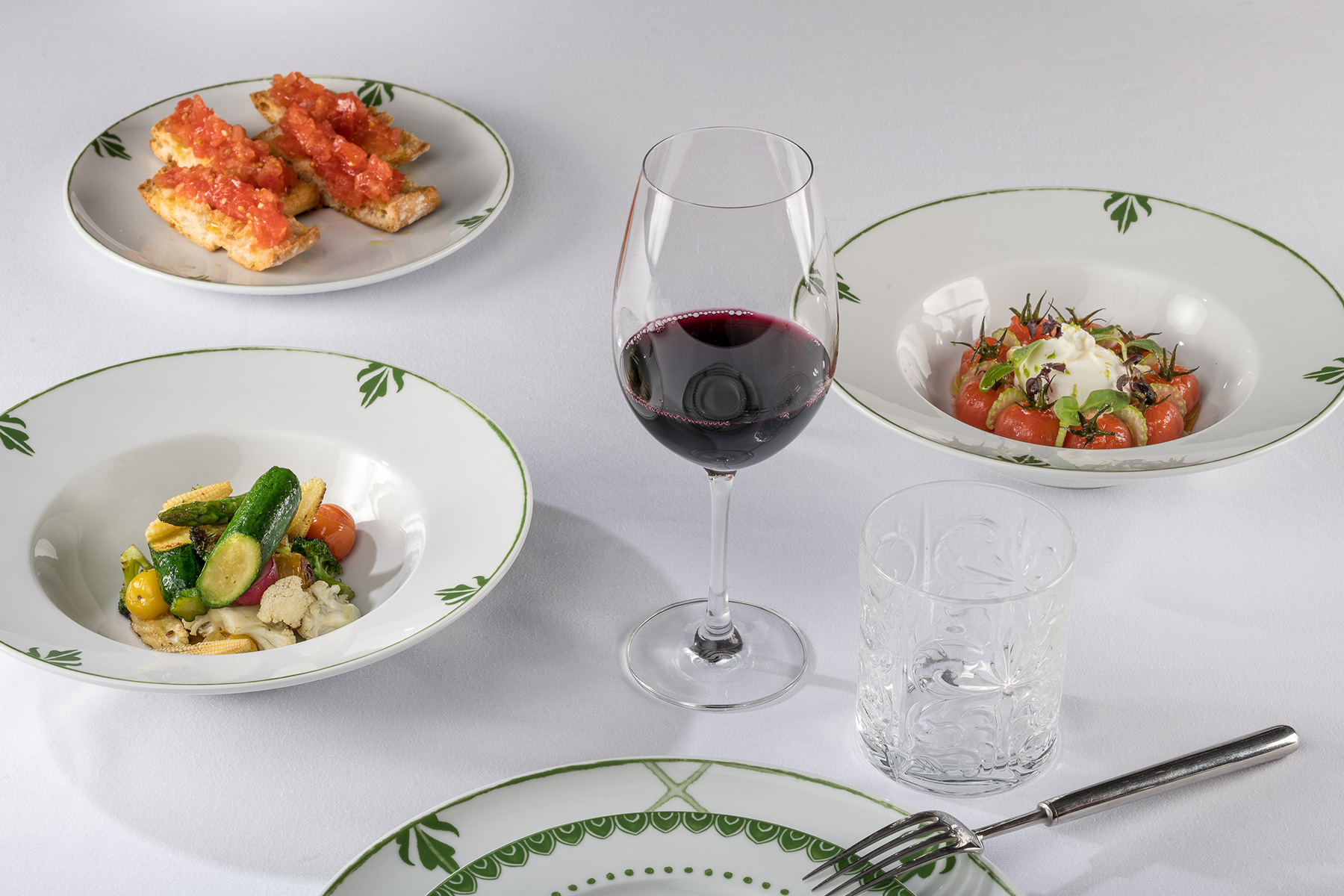
More Travel:
The C&TH Guide To Ibiza / Stop Flying & Save The Planet?



